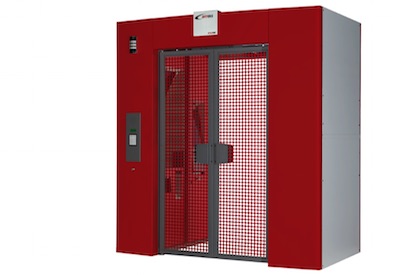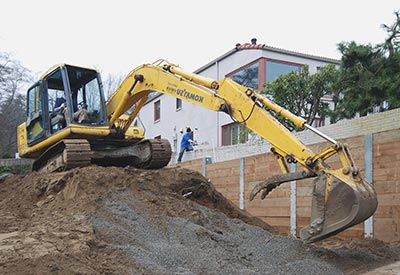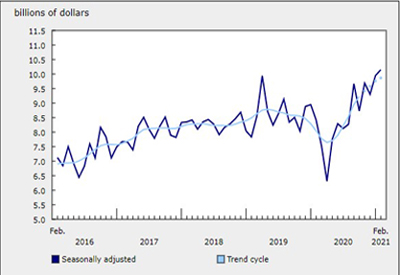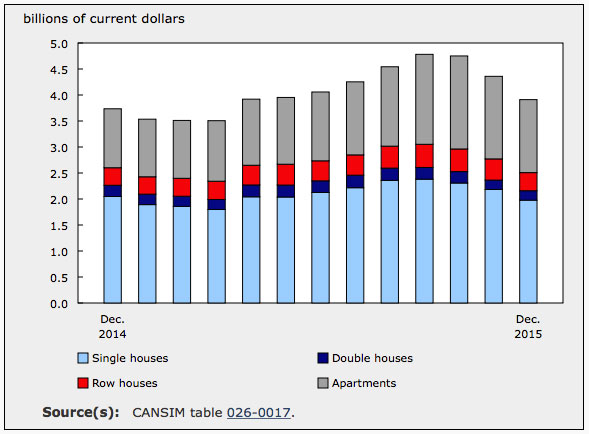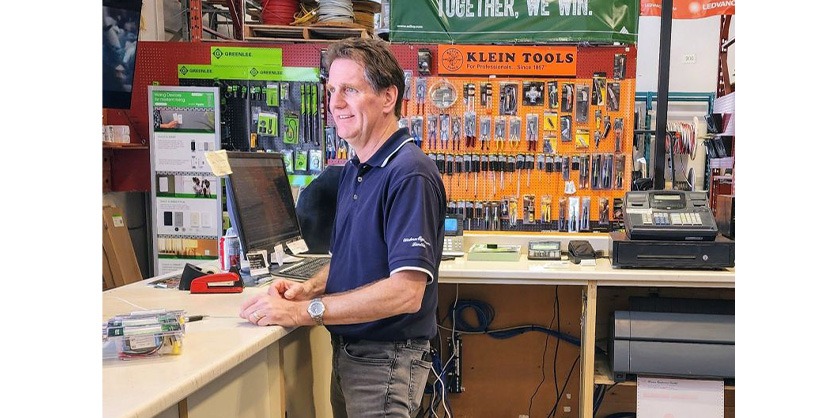Too Much of a Good Thing?

January 25, 2018
By David Nathaniel
There are typically many benefits associated with technology advances. This is certainly the case for LED lighting because the compactness of the light source allows luminaire designers tremendous possibilities.
Picture a revolutionary LED recessed downlight. It is very thin and quick to install. It is so thin that it can be installed even if a ceiling stud is in the way. Users who have concrete ceilings can build a drop ceiling that will accommodate these fixtures without losing much height. Installation is very fast as these fixtures do not require a pre-installed housing, thus mitigating the complexities associated with vapour barriers, smash plates, etc. These recessed downlights are great for new construction or remodelling: punch out a lot of light, take very little power, have a long life rating, and don’t cost much.
Awesome, great, amazing… Right? You got it! Of course, right!
So right, in fact, that in a couple of years this thin little downlight has taken over the market. It has become the contractor’s choice and has almost completely displaced the traditional housing/trim/lamp recessed downlight system that had previously been the mainstay of the industry.
All good… right? Well… maybe too good!
Why would that be too good, you ask? Well, it might be that on the road to progress we have lost many features of the traditional recessed downlight. By championing this fixture to the extent that we have, we have sacrificed the ability to provide a concentrated high colour rendering light with multiple trim, beam and aiming options. Instead, we have promoted a universal looking trim that spreads a very wide beam and gives off a lot of glare.
Why? Why would we do that? Is it because it’s cheap, easy, and effective? What about light quality? What about creativity of the look and design?
As business and lighting professionals, whether manufacturer, distributor, or contractor, it is our responsibility to introduce and promote innovation that provides a tailored solution for the given application. Manufacturers have made tremendous investments to introduce LED downlights that offer this exact versatility. Not only do they offer the benefits and trim styles of traditional halogen recessed fixtures, they have become more compact, easier to install, and are available in multiple colour temperatures.
As an industry, we need to stop taking the easiest way. There is no question that there are applications for these thin downlights that make sense, but certainly not to the extent that they have been used. We need to start promoting products that make places, people, and goods look better. They may cost more and take some work to promote, but the value to the end user is absolutely there. Let’s make the effort. It is in everyone’s best interest to do so.
David Nathaniel is CEO at Standard. This article was first published as a Standard blog: www.standardpro.com/too-much-of-a-good-thing/

